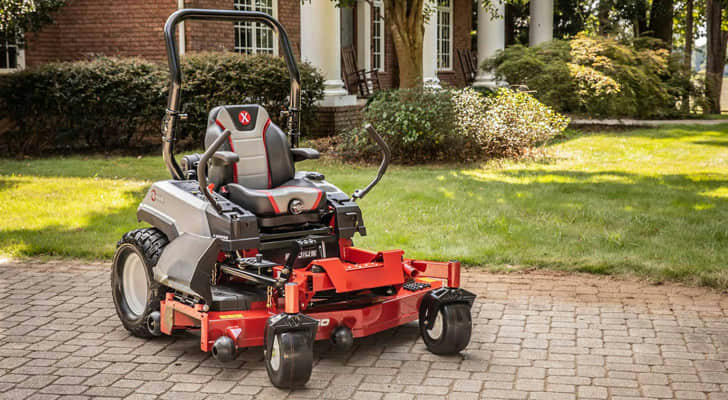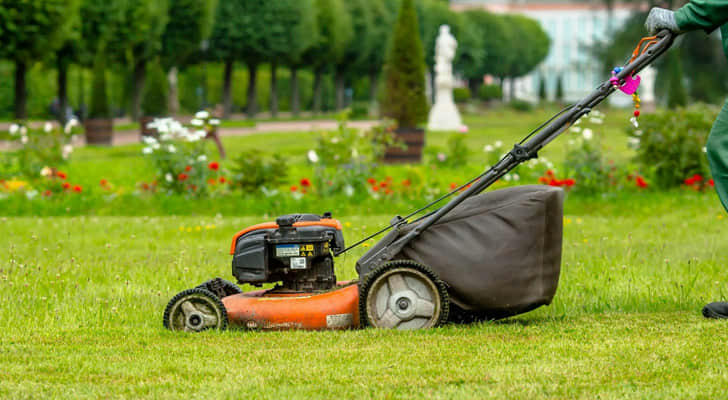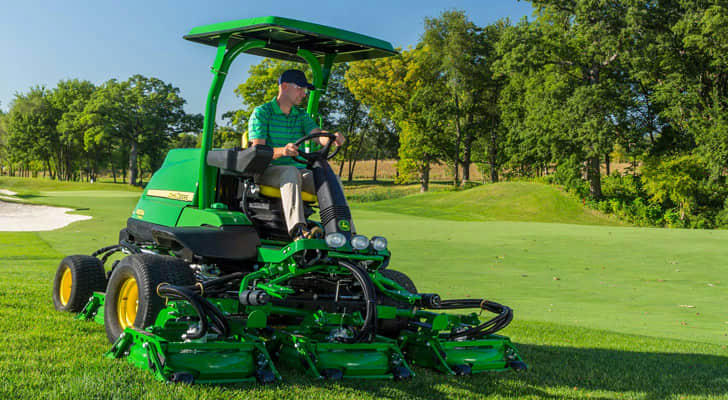The Evolution of Lawnmowers: From Manual Tools to Smart Gardening Assistants

In the world of gardening, lawnmowers are indispensable tools. With the advancement of technology, lawnmowers have undergone significant evolution, transforming from simple manual tools into intelligent gardening assistants. This article will take you through the history of lawnmower evolution, explore the problems encountered along the way and their solutions, share real-life stories to illustrate these changes, and finally summarize the many benefits that lawnmowers bring as true gardening helpers.
The Evolution of Lawnmowers
Early Manual Cutting Tools
The history of lawnmowers dates back to the late 18th century, when most cutting tools were manual. Users relied solely on their strength and effort to complete the task of mowing grass. Manual lawnmowers typically consisted of blades and handles. While simple and effective, they were labor-intensive and time-consuming, especially on larger lawns.
The Advent of Gas-Powered Lawnmowers
In the 20th century, as industrialization progressed, gas-powered lawnmowers began to emerge. This innovation significantly increased mowing efficiency, allowing operators to easily cover larger areas. However, gas-powered lawnmowers had high maintenance costs, produced loud noise, and contributed to environmental pollution, leading to concerns among users.
The Rise of Electric Lawnmowers
To address the shortcomings of gas-powered mowers, electric lawnmowers gained popularity in the 1980s. These mowers, driven by electricity, offered reduced noise and emissions, becoming the preferred choice for many households. However, their dependence on power cords and limited battery life for large lawns posed challenges.
The Revolution of Smart Lawnmowers
In recent years, with rapid technological advancements, smart lawnmowers have entered the market. Utilizing artificial intelligence and automation, these mowers can navigate and plan mowing paths autonomously, and even be controlled remotely via smartphone apps. This progress not only improves mowing efficiency but also reduces the physical labor required from users.
Challenges in the Evolution Process
Despite the significant advancements in lawnmower technology, various challenges have arisen at different stages of development.
Limitations of Manual Lawn Mowers
During the manual mowing era, users faced fatigue and inefficiency. Prolonged physical labor often left gardening enthusiasts feeling exhausted.

Environmental Concerns with Gas-Powered Mowers
The emissions and noise produced by gas-powered lawnmowers raised environmental concerns. People gradually recognized the importance of reducing dependence on fossil fuels and lowering noise levels.
Battery Limitations in Electric Lawn Mowers
The battery life of electric lawnmowers has been a constant concern for users. Many found that insufficient battery power limited their mowing efficiency during larger jobs.
Adaptability of Smart Lawn Mowers
While smart lawnmowers gained popularity, many users struggled to adapt to the new technology. The unfamiliarity with new devices often left people feeling overwhelmed.
Solutions to Challenges
To address these issues, manufacturers have continuously pursued technological innovations.
Lightweight Designs for Manual Tools
In response to the limitations of manual mowers, manufacturers have begun using lighter materials and focusing on ergonomic designs, making it easier for gardening enthusiasts to complete mowing tasks without undue strain.
Adoption of Eco-Friendly Technologies
To combat the environmental challenges of gas-powered lawnmowers, an increasing number of manufacturers have developed electric and battery-powered models. This shift not only reduces reliance on fossil fuels but also minimizes noise and emissions.
Advancements in Battery Technology
With the progress in battery technology, the runtime of electric lawnmowers has significantly improved. Modern electric mowers offer longer operation times, making them suitable for larger lawns.
User Training and Support
To help users adapt to smart lawnmowers, manufacturers provide comprehensive user manuals and online tutorials, enabling users to quickly learn how to use new devices with ease.

Real-Life Stories
In California, John is an avid gardening enthusiast who previously relied on a traditional manual lawnmower. Faced with a vast lawn, he often found himself overwhelmed and exhausted after spending hours mowing. After hearing about the benefits of smart lawnmowers, he decided to give one a try.
John purchased a smart lawnmower and set the mowing schedule and frequency using a smartphone app. He was amazed to discover that the mower could navigate autonomously and avoid obstacles, exceeding his expectations for performance. Now, he not only enjoys a beautifully manicured lawn but also has more time to spend with his family and enjoy outdoor activities.
In another city, the park management department faced challenges with traditional gas-powered lawnmowers due to high costs and significant environmental impact. After discussions, they decided to switch to electric mowers. This change made park maintenance more environmentally friendly, as workers experienced reduced noise and lower maintenance costs, receiving praise from visitors for the improved park environment.
In summary
From manual tools to smart gardening assistants, the evolution of lawnmowers has not only enhanced mowing efficiency but also played a vital role in improving user experience and environmental protection. Through continuous technological innovation, lawnmowers have become more functional and efficient, proving to be invaluable assistants in modern gardening. Whether for homeowners or commercial garden management, the widespread use of lawnmowers highlights their significance in horticulture, making them the best companions for every gardener.
